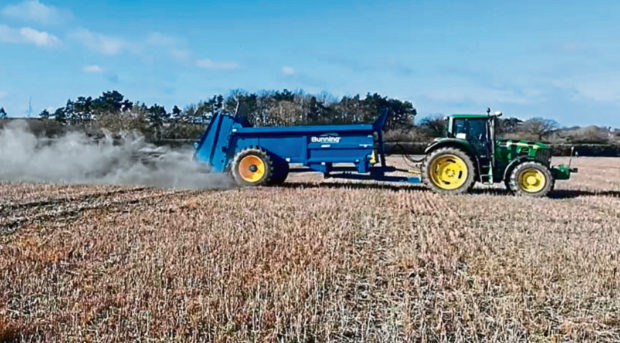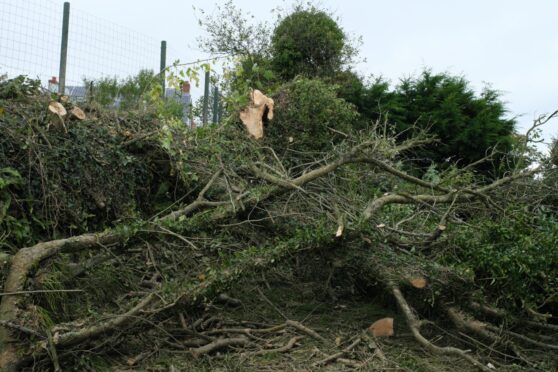Applying volcanic rock dust to fields could have a major impact on combating climate change, according to a new study led by the Sheffield University.
The findings, published in the science journal Nature, suggest adding rock dust to soils could remove carbon dioxide (CO2) equivalent to more than the current total emissions from global aviation and shipping combined – or around half of Europe’s total emissions.
The scientists say the technique, known as enhanced rock weathering, could also boost soil health and productivity and could be applied in a similar way to adding agricultural lime to fields.
The process involves spreading finely crushed basalt, a natural volcanic rock which is already produced by the mining and construction industries, on fields to boost the soil’s ability to extract CO2 from the air.
The study’s lead author, Professor David Beerling, director of the Leverhulme Centre for Climate Change Mitigation, called for large-scale research and development programmes to evaluate the efficacy of the technology in the field.
He said: “Spreading rock dust on agricultural land is a straightforward, practical CO2 drawdown approach with the potential to boost soil health and food production.”
Professor James Hansen of Columbia University, a partner in the study, said: “The advantage of CO2 removal with crushed silicate rocks is that it could restore deteriorating top soils, which underpin food security for billions of people, thereby incentivising deployment.”
nnicolson@thecourier.co.uk










